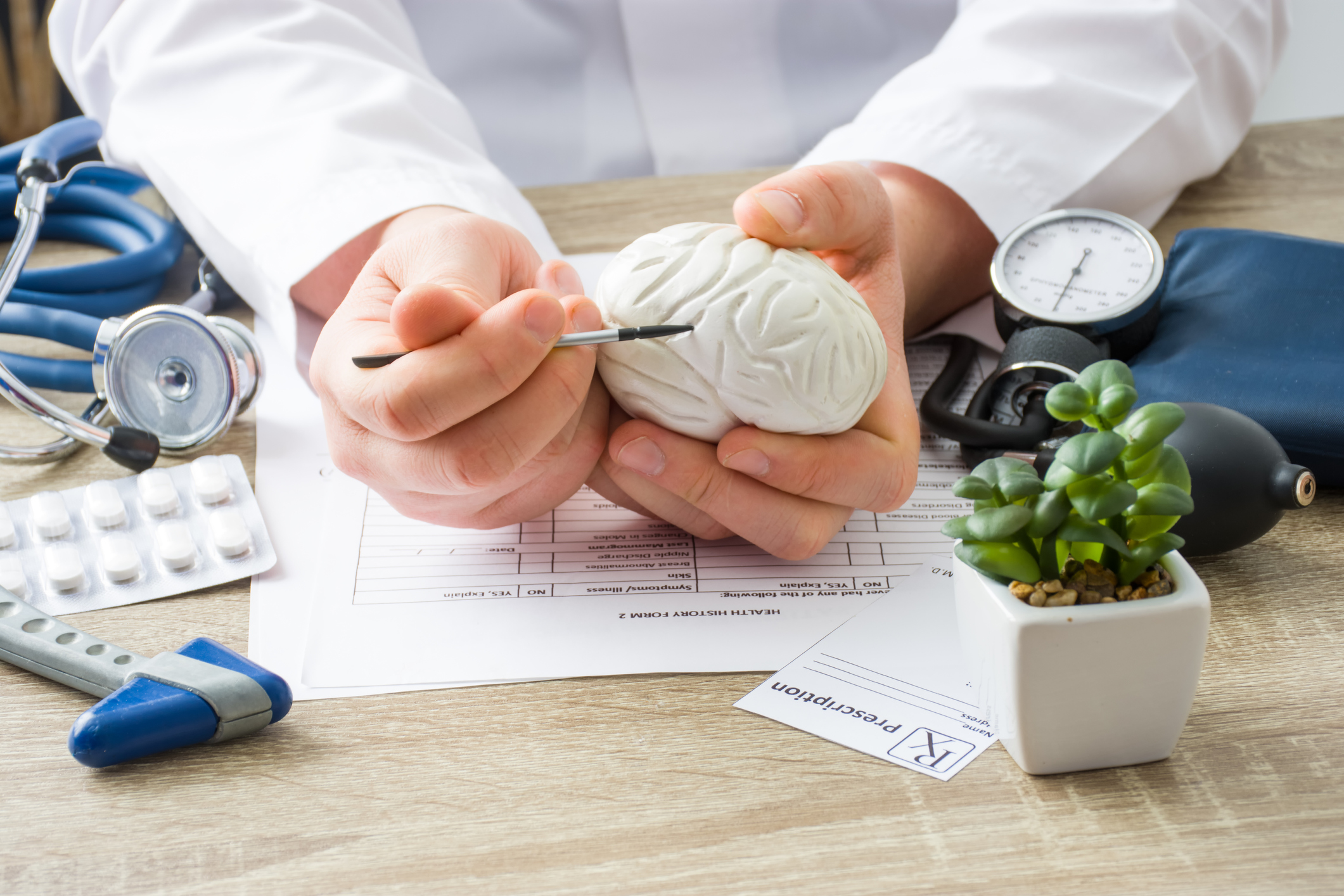Muscular dystrophy’s impact on muscle strength is clear, but the disorder’s effect on the brain is much less understood. Cognitive and psychiatric symptoms often accompany the most common form of MD, but scientists are still working to understand how the disorder’s genetic triggers interfere with brain function. Fortunately, some new research may lead to a better understanding of how MD works in the brain and effective treatments for the disorder’s brain-related symptoms.
Muscular Dystrophy’s Brain-Related Symptoms
Muscular dystrophy is a collective term for disorders that cause muscle weakness and progressive loss of muscle tissue. MD is caused by genetic mutations that impair the production of specific proteins vital for the health of muscle cells. Different types of MD are caused by distinct mutations that affect a variety of proteins. For example, the most common form of the disorder, Duchenne muscular dystrophy (DMD), is caused by mutations that impair the production of a protein called dystrophin.
Scientists believe that a lack of functional dystrophin makes muscle cells susceptible to damage, leading to the muscular symptoms of DMD. However, dystrophin is also abundant in healthy nerve cells in the brain. Scientists aren’t sure what role dystrophin plays in brain function, but people with DMD (and other forms of MD) often have brain-related symptoms. This suggests that a dystrophin deficit can have a significant effect on the brain.
Brain-related symptoms of DMD can include:
- Attention-deficit/hyperactivity disorder (ADHD)
- Autism
- Anxiety
- Intellectual disabilities
- Learning disabilities

Targeting the Brain with New MD Therapies
In people with DMD, part of the gene responsible for dystrophin production is missing, resulting in an inability to make a functional form of the protein. Researchers have discovered that introducing pieces of genetic material called oligonucleotides into affected cells causes the cells to skip over the damaged part of the gene and produce functional dystrophin. The introduction of oligonucleotides has proven effective at treating the symptoms of DMD.
One of the biggest challenges for scientists working on oligonucleotide therapies has been finding a way to get the therapeutic molecules into cells. One successful approach has been to create compounds of oligonucleotides bound together with amino acids. The amino acids act as transport vehicles that deliver the oligonucleotides inside the cells. These compounds are called enhanced delivery oligonucleotides (EDOs).
EDOs work well for getting oligonucleotides into muscle cells, but getting them into affected brain cells is more complicated. The brain has a very effective system for keeping foreign (and potentially harmful) molecules from entering the brain, a layer of cells called the blood-brain barrier. The barrier does an excellent job of repelling dangerous substances, but it also easily blocks molecules (such as EDOs) meant to treat brain diseases.
Fortunately, new research may have discovered a solution to the problem. Researchers have focused on a compound called a heteroduplex oligonucleotide (HDO). These compounds consist of oligonucleotides bound to a fatty molecule on one end. In animal tests, HDOs were better able to cross the blood-brain barrier than other kinds of therapeutic oligonucleotides. HDO research is in its early stages, but if it lives up to its promise, new treatments for the brain-related symptoms of muscular dystrophy could be on the horizon.
To learn more about our mission to find a cure for brain disorders worldwide, please visit our website at The United Brain Association. If you’d like to receive updates, news, scheduled events, or more information about our ongoing donor-funded research projects, sign up for our email newsletter by clicking here. Together we can find a cure for brain disorders.
You Are Not Alone
For you or a loved one to be diagnosed with a brain or mental health-related illness or disorder is overwhelming, and leads to a quest for support and answers to important questions. UBA has built a safe, caring and compassionate community for you to share your journey, connect with others in similar situations, learn about breakthroughs, and to simply find comfort.

Make a Donation, Make a Difference
We have a close relationship with researchers working on an array of brain and mental health-related issues and disorders. We keep abreast with cutting-edge research projects and fund those with the greatest insight and promise. Please donate generously today; help make a difference for your loved ones, now and in their future.
The United Brain Association – No Mind Left Behind




